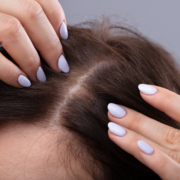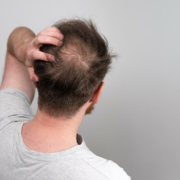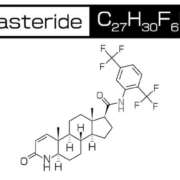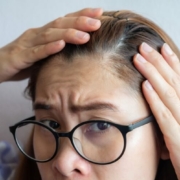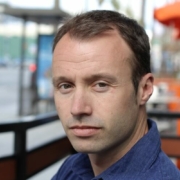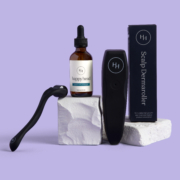Low-Level Laser Light Therapy for Androgenic Alopecia
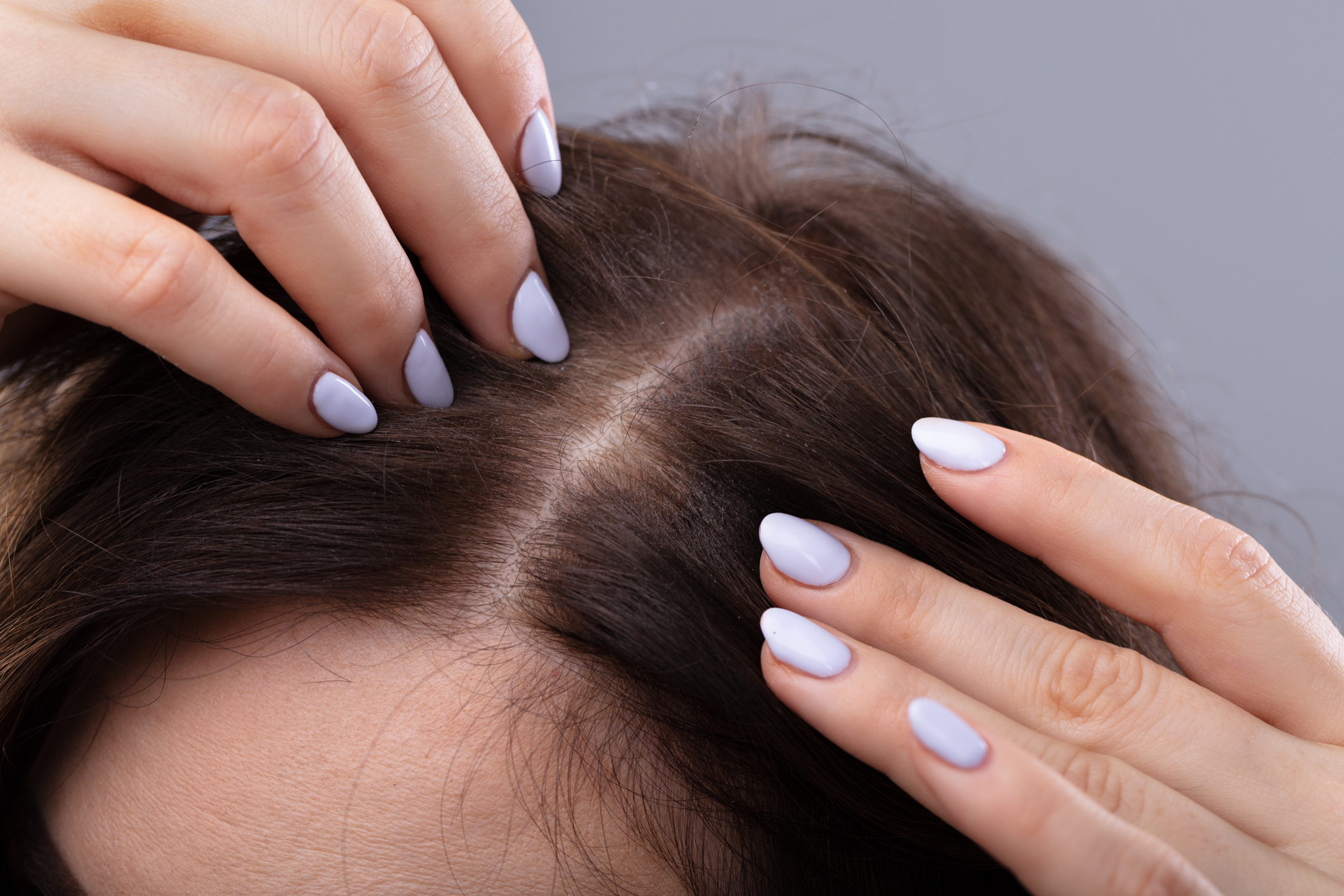
Data from the American Hair Loss Association shows that androgenic alopecia accounts for more than 95% of men and 40% of women over age 50. (01) So, if you’re dealing with hair loss, the chances that your condition is due to androgenic alopecia are high. Fortunately, in the battle against hair loss, there are a variety of strategies to choose from. One such option is low-level laser light therapy.
Understanding How Androgenic Hormones Affect Hair Follicles
Androgenic alopecia, also known as pattern baldness, is the most prevalent type of hair loss in both men and women. The condition is primarily caused by the influence of androgenic hormones on hair follicles.
How DHT Relates to Hair Loss
Testosterone and dihydrotestosterone (DHT) are examples of androgen hormones that play a crucial role in developing and regulating secondary sexual characteristics in both sexes. After all, humans would not be able to procreate without these hormones! However, when it comes to hair follicles, DHT can have a detrimental impact.
In individuals genetically predisposed to androgenic alopecia, hair follicles become more sensitive to the effects of androgens. DHT binds to receptors in the hair follicles, leading to an unwanted process known as miniaturization.
Miniaturization is the gradual shrinking of hair follicles over time. This process shortens the hair growth cycle, resulting in thinner, weaker hair strands. Eventually, these hairs may stop growing altogether. As a result, affected individuals experience a receding hairline, a more visible crown, or overall hair thinning. (02)
The exact mechanisms by which androgens cause miniaturization remain unknown. One theory suggests that DHT disrupts the natural growth cycle of hair follicles, shortening the anagen (growth) phase and lengthening the telogen (resting) phase. This disrupts the balance between hair growth and shedding, eventually leading to hair loss. (02)
Another theory hypothesizes that DHT may affect the hair follicle’s nutrient supply. Increased production of DHT can reduce the size of blood vessels supplying the hair follicles. The shrunken vessels cannot deliver adequate oxygen and nutrients, making the starved hair follicles more susceptible to miniaturization.
Whatever the cause of androgenic alopecia, the resulting hair loss is almost always distressing. Understanding how to identify the condition’s specific growth patterns can help individuals seek appropriate treatment as soon as possible.
Androgenetic Alopecia Growth Patterns in Males and Females
When it comes to androgenic alopecia, hair loss patterns are distinct. The most common hair loss pattern for men starts with a receding hairline, forming an “M” shape. Hair loss extends to the crown area as the condition progresses, resulting in a thinning or a bald spot. In contrast, female pattern baldness follows a different pattern. Women usually experience overall hair thinning rather than distinct bald spots or receding hairlines. Unlike men, women rarely develop a completely bald scalp.
What are the Signs of Androgenic Alopecia?
To determine if they are experiencing androgenetic alopecia, individuals should look for specific signs and symptoms. A few signs of androgenic alopecia may include:
- Gradual hair thinning
- Excessive hair shedding
- A widening part line
- A stark decrease in hair volume
- Distinct changes in the hair texture (e.g., becoming finer or more brittle)
Keep in mind that other factors, such as stress, vitamin deficiencies, and certain medical conditions, can also contribute to hair loss. Therefore, consulting a healthcare professional can provide an accurate diagnosis and identify the underlying cause.
So, once you’ve determined that you have androgenic alopecia, the next step is finding the right treatment.
Hair Growth Solutions for Androgenetic Alopecia
Intervening early improves the chances of reducing or halting hair loss. Treatment options for androgenetic alopecia typically include medications like Minoxidil or Finasteride to counter the impacts of DHT. These medications make hair follicles healthier, encouraging robust hair growth.
Although these medications may be taken orally, pills typically result in more side effects because they are ingested. Topicals, however, target hair follicles directly and usually have fewer negative effects on the rest of the body. Medicated hair growth treatments work best when they’re customized for the individual, which is why working with an experienced hair professional is essential.
Interestingly, many individuals feel the need to stick to one treatment option at a time. Many may choose medications but opt out of other hair growth treatments while taking the medications.
But why put all your eggs in one basket? Instead, one way to boost the chances for success is to add another layer of treatment and explore other options — all while undergoing treatment using prescription topical medications. For example, a process that can be utilized alongside prescription topical treatments is low-level laser light therapy.
Stimulating Hair Growth With Laser Light Therapy
Laser light therapy is also known as low-level laser therapy (LLLT) or red light therapy. This process involves the use of specific wavelengths of light to stimulate hair follicles and promote hair growth.
FDA-approved since 2007 with red light wavelengths of 650nm-1200 nm, LLLT works well with tissues such as the scalp. Low-level light therapy is based on the principle of photobiomodulation, where light energy is absorbed by cells, triggering biological responses. (03)
Is Low-Level Light Therapy Effective?
Numerous studies have investigated the efficacy of laser light therapy for hair loss. A study published in Lasers in Surgery and Medicine in 2019 evaluated the effects of laser light therapy on pattern hair loss in both men and women. After 24 weeks of treatment, the laser therapy group exhibited a significant improvement in hair density compared to a group that did not receive light therapy (04).
Furthermore, a review published in the Journal of Dermatological Treatment analyzed data from a 24-week study. The analysis found that laser light therapy significantly increased hair density and hair growth rate in people with androgenetic alopecia (05).
These studies and many others provide promising evidence for the effectiveness of laser light therapy. However, it’s important to note that individual responses may vary, and long-term maintenance treatments may be required to sustain the results.
How Does LLLT Work?
While using light to grow hair might seem like science fiction, the science behind low-level light therapy is undoubtedly real. The low-power lasers or light-emitting diodes (LEDs) used by low-level light therapy stimulate cellular activity and promote healing. And although the exact mechanisms are not yet fully understood, several theories suggest how LLLT can positively impact hair growth and cell turnover, especially on the scalp.
One proposed theory is that LLLT increases blood flow and nutrient delivery to the hair follicles. The photons emitted by the laser or LED devices are absorbed by the cells in the scalp, leading to increased production of adenosine triphosphate (ATP), the energy source for cellular processes. This heightened ATP production may enhance blood circulation, promoting the supply of oxygen and nutrients to the hair follicles.
Another theory suggests that LLLT stimulates the production of growth factors and cytokines. These molecules play crucial roles in cell development. By boosting these molecules, LLLT may trigger the hair cycle’s anagen (growth) phase, leading to increased hair growth and density.
Furthermore, LLLT is thought to reduce inflammation and oxidative stress in the scalp. Inflammation and oxidative stress can contribute to hair loss and block cell turnover. By targeting these underlying factors, LLLT may create an environment more favorable for hair follicles to heal and cells to regenerate. In turn, healthier follicles can begin to grow hair.
Laser Hair Growth Home Formats Available
Perhaps the best reason to incorporate LLLT into your hair growth routine is that it’s safe and easy to use at home. LLLT is considered a very safe and non-invasive option not only for individuals experiencing hair loss but also for people simply seeking to improve the health and quality of their hair.
While low-level light therapy services can be found at dermatology clinics, these in-office treatments are often extremely costly and time-consuming. However, a home-based LLLT routine can conveniently and safely reduce scalp inflammation and stimulate hair follicles to produce new growth. Personal at-home LLLT treatments allow individuals to see all the benefits of light treatment without the in-office price tag.
References:
(01) https://www.americanhairloss.org/men_hair_loss/introduction.html
(02) Study on the role of LLLT in adrogenetic alopeica
(03) https://www.ncbi.nlm.nih.gov/pmc/articles/PMC6554163/
(04) https://link.springer.com/article/10.1007/s10103-018-02699-9
(05) https://pubmed.ncbi.nlm.nih.gov/23551662/

